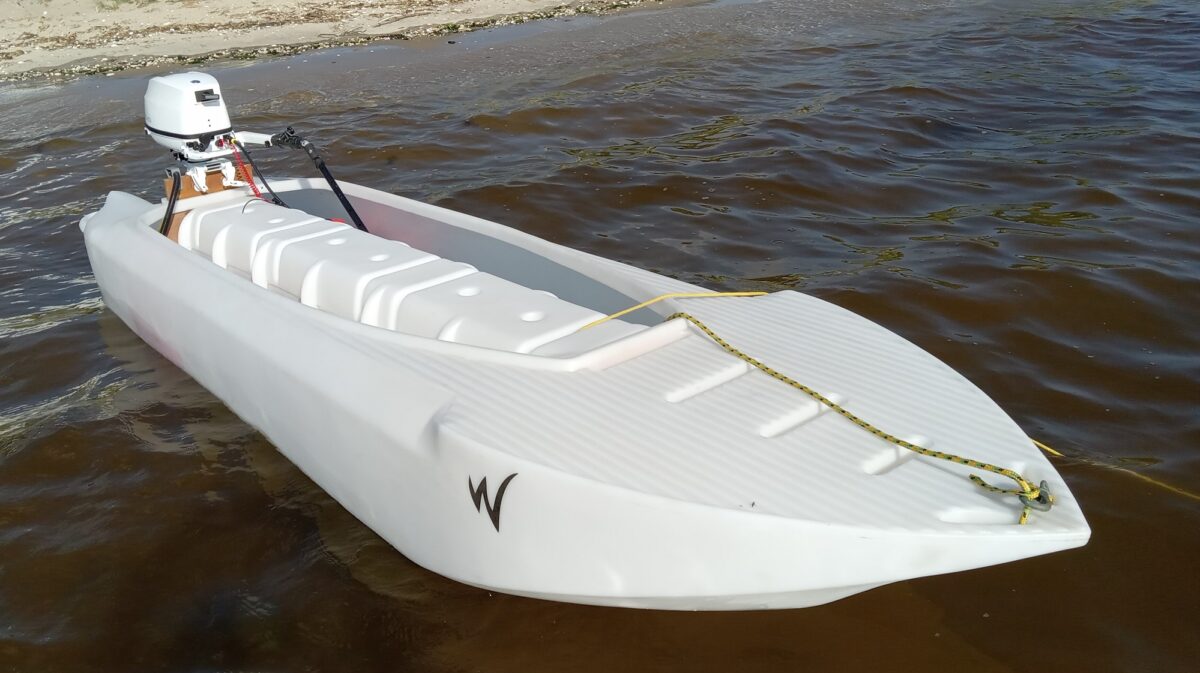Using your legs for propelling any human powered vehicle offers the advantage of relying on a bigger, more powerful set of muscles than our arms. Our legs are also good in balancing, if given a chance to perform this job.
Currently, three manufacturers offer pedal drives for fishing kayaks.
Two of these devices feature rotary paddles and propellers, which makes more sense than the third one that features push pedals and wings flapping from side to side as a propeller.
In any case, pedal drives do not provide a suitable answer for touring and fishing kayaks, since operating involves a variety of problems starting from reduced stability and control over the kayak, reduced maneuverability and the loss of the ability to travel in shallow water, to more important, ergonomic problems that include increased discomfort and back pain.
More about pedal drives for fishing kayaks
So far, no one has ever seen a reason to outfit their W kayak with a pedal drive, for pretty obvious reasons. However, should anyone be interested to tinker with such project, the following pedal drive setup seems applicable to W kayaks,

More ideas, information and opinions about this pedal drive setup can be found in the comments section of the article about pedal drives recommended in the previous paragraph.
Here is another direction that seems applicable to W kayaks:
It seems like there used to be such a commercial product on the market several years ago, but we were unable to trace it. More information about it would be appreciated.
This particular setup is based on a crank shaft being used for pedaling and activating both paddle wheels at the same time. Therefore, the operator has to steer by means of a hand activated rudder (or paddle), which is a problem similar to the one facing kayak anglers attempting to operate a commercial fishing kayak pedal drive of the above mentioned types.
The rotation of the paddle wheels on the boat’s sides somehow compensates the operator for the initial loss of stability resulting from raising their feet in the air. In this regard, this seemingly clumsy setup is not as bad as the pedal drives featuring in fishing kayaks.
As far as shallow water mobility is concerned , this setup seems to be less inadequate than the above mentioned kayak pedal drives, and it looks like removing entangled seaweed from its blades is not complicated as it is with those kayak pedal drives.
Obviously, the paddle wheels add unwanted weight to the boat, and the recumbent position is not ideal for pedaling, as explained in the article mentioned in the first section.
In Fishability terms, the paddle wheels are similar to outriggers, in the sense that they can easily snag your fishing lines.
Having said that, if the reader feels like trying to implement such concept in their canoe, kayak or W kayak, they may want to consider separating the rotation of the two paddle wheels, namely have each leg rotate the paddle wheel on its own side – independently from what the other leg is doing. Such version would solve the steering problem created by relying on one’s legs for propulsion rather than on a paddle, eliminate the need to operate a unwanted rudder, and add both to the tracking and steering capabilities of the boat.

